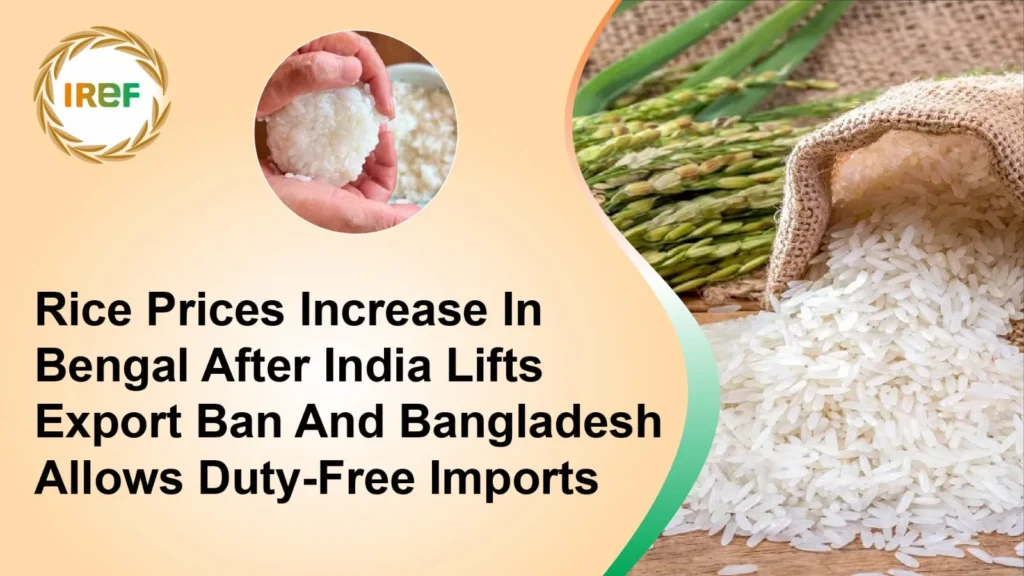Rice prices in Bengal, including other parts of India, have increased following India’s lifting of a ban on rice export to Bangladesh on August 12, and Dhaka’s announcement of duty-free imports of nearly 5 lakh tonnes of rice by private traders the next August 13.
What do the commodity analysts say about rising prices?
Notably, the ban announced by India on April 15 had disrupted supply dynamics. Suraj Agarwal, a commodity analyst, said “the Bangladesh govt’s decision to lift the import duty has generated a sudden rush of exports from India, rising local rice prices by 14-15%. The Bangladesh government sanctioned the duty-free import of 4.6 lakh tonnes of parboiled rice and 39,000 tonnes of raw rice under private allotment. This has led to a sudden rise in domestic rice prices in Bengal, significantly noted.
Interestingly, the traders revealed that they had a prior knowledge plan about Dhaka’s plan to temporarily scrap its 20% import duty and stock rice in warehouses near the Petrapole-Benapole land border. After this announcement on Aug 13, trucks carrying rice began rolling into Bangladesh.
Bengal is switching to cheaper rice varieties
The popular Swarna variety was Rs 34 but now it is around Rs 39 a kg, Miniket from Rs 49 reached to Rs 55, whereas Ratna from Rs 36-37 to Rs 41-42, and Sona Masoori from Rs 52 to Rs 56 per kg. However, traders aren’t disappointed. As one of the traders has alleged that Bangladesh’s duty-free imports will create demand and help traders recover from the recent price fall in global markets.
On the other hand, the sudden increase in rice prices has raised concerns for the Bengal Households. Retailers stated demand for premium varieties, such as Miniket and Sona Masoori, has decreased in the past two days, as some households are shifting to cheaper alternatives.
On a related note, economists warned that this situation highlights the need for India to strike a balance between encouraging exports and protecting domestic food security.



